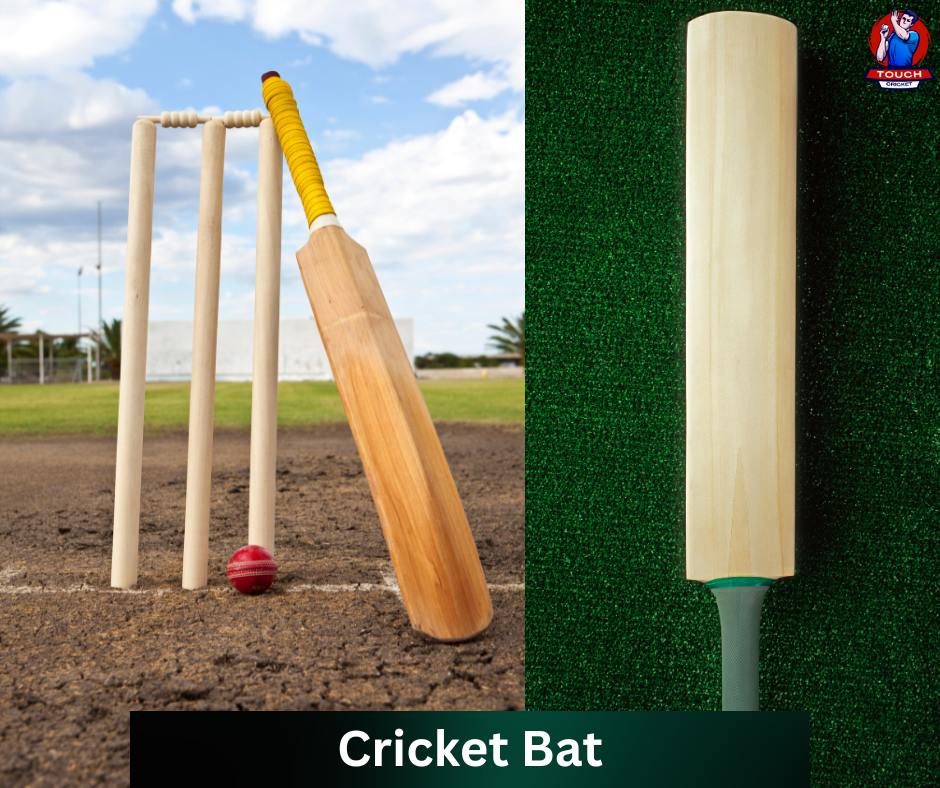✔ Cricket, a beautiful sport celebrated by millions globally, centers around the dynamic interplay between bat and ball. This article discusses several cricket bat types.
✔ A significant aspect of the rivalry between cricket teams lies in the evolution of cricket bats, which have been modified to align with different playing styles and conditions.
✔ This article explores the world of cricket bat types, explaining the unique features that set each bat apart and helping you make an informed decision for your upcoming cricket adventure.
Read More: 5 Types of Cricket Bag
A. Cricket Bat Types
1. Willow Bats
✔ The fundamental material employed in fashioning cricket bats is willow. Two primary willow variants exist—English willow and Kashmir willow.
✔ English willow, primarily harvested in the UK, is the premier option due to its exceptional quality and performance.
✔ On the other hand, Kashmir willow, hailing from India, presents a more accessible and economical choice for players.
a. English Willow Bat:
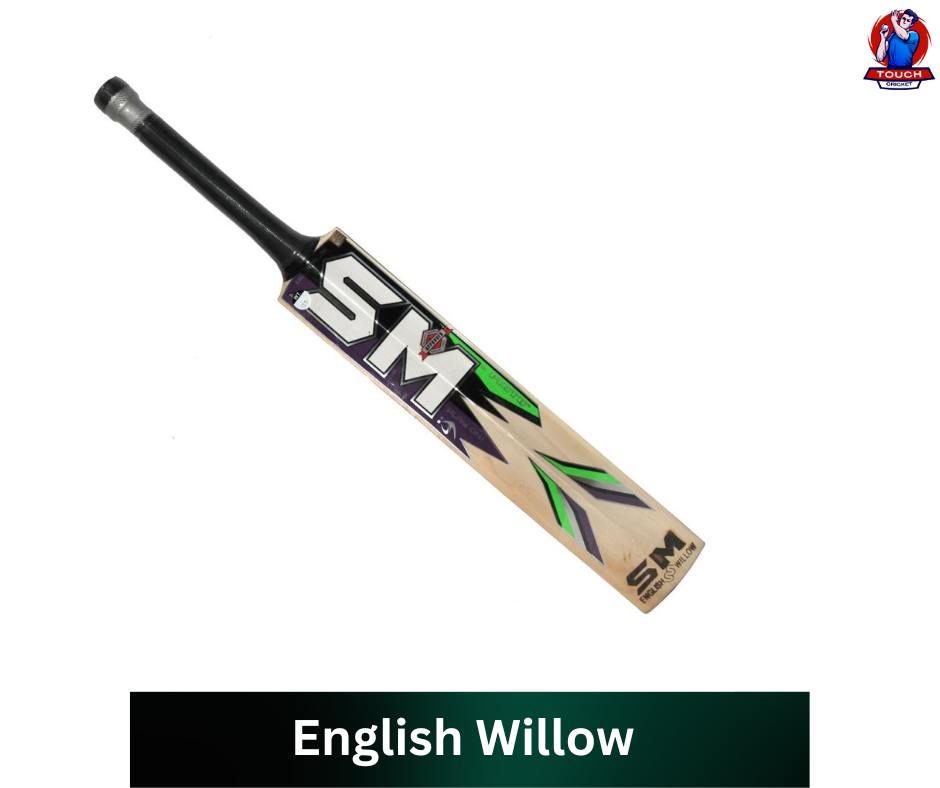
✔ Renowned for its unparalleled quality, English willow bats reign supreme among professional cricketers.
✔ The wood sourced from English willow trees boasts a softer and lighter composition, facilitating superior power and control in shots.
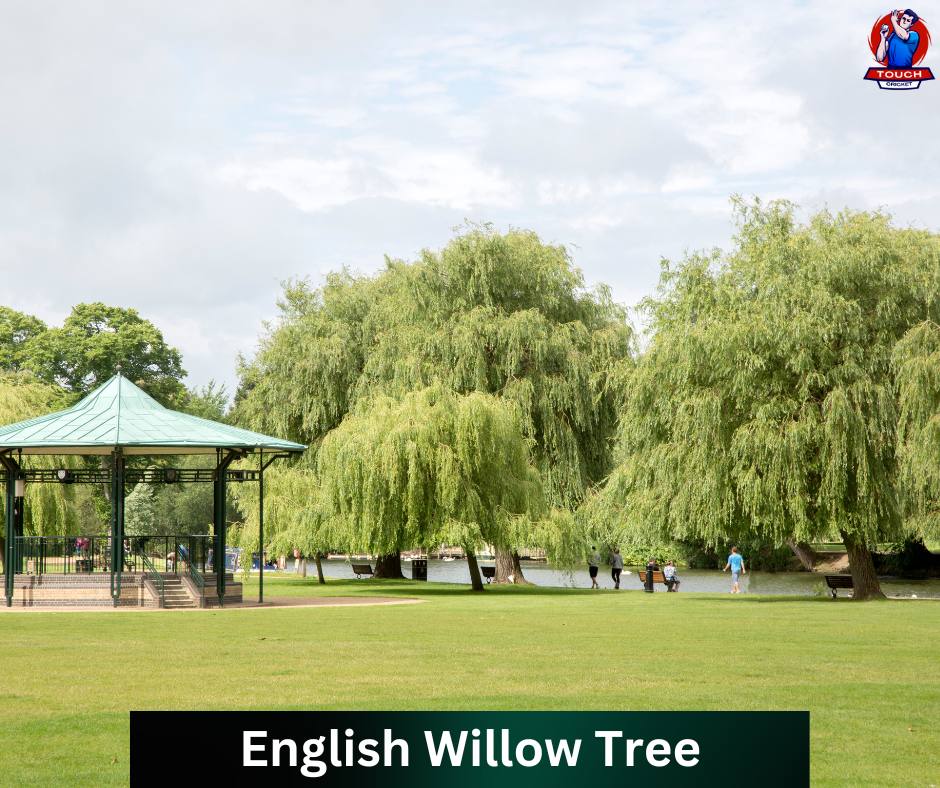
✔ The grains on an English willow bat serve as crucial quality indicators—more grains equate to superior willow.
✔ Bats featuring 6-12 straight grains are highly coveted for performance.
b. Kashmir Willow Bat:
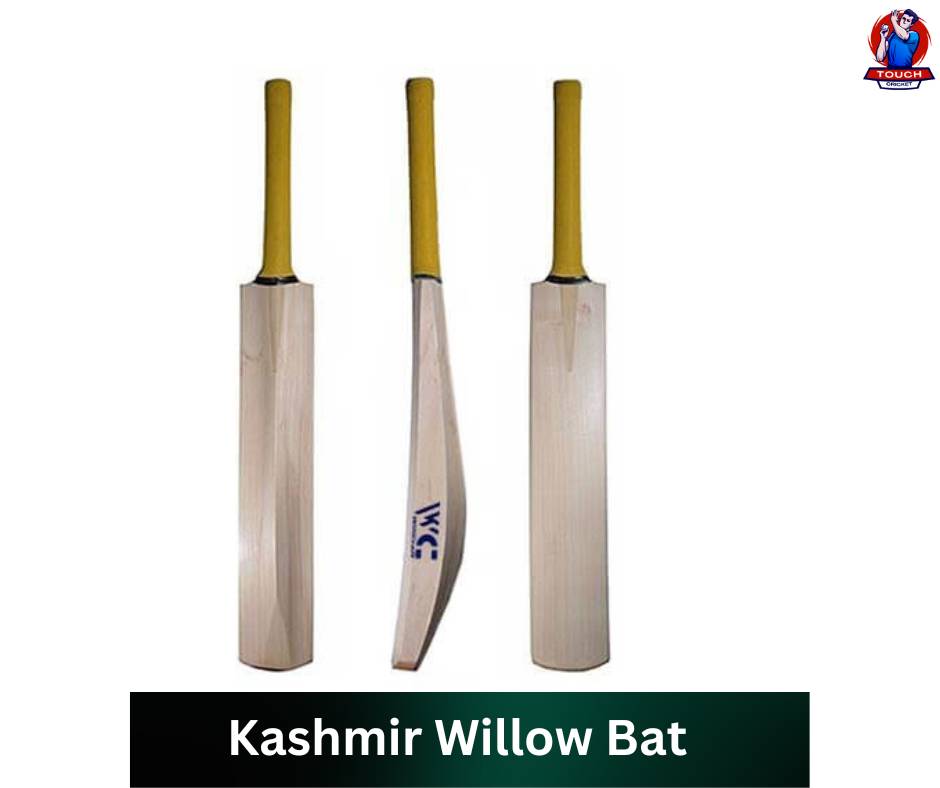
✔ While not reaching the premium status of their English counterparts, Kashmir willow bats remain a popular pick for amateur and club-level players.
✔ The wood is marginally more rigid and weightier, endowing these bats with durability and making them apt for beginners.

✔ Players often opt for Kashmir willow bats as a cost-effective alternative that does not significantly compromise performance.
2. Bat Profiles
✔ Cricket bats manifest in diverse profiles, each catering to distinct playing styles. The three principal profiles are:
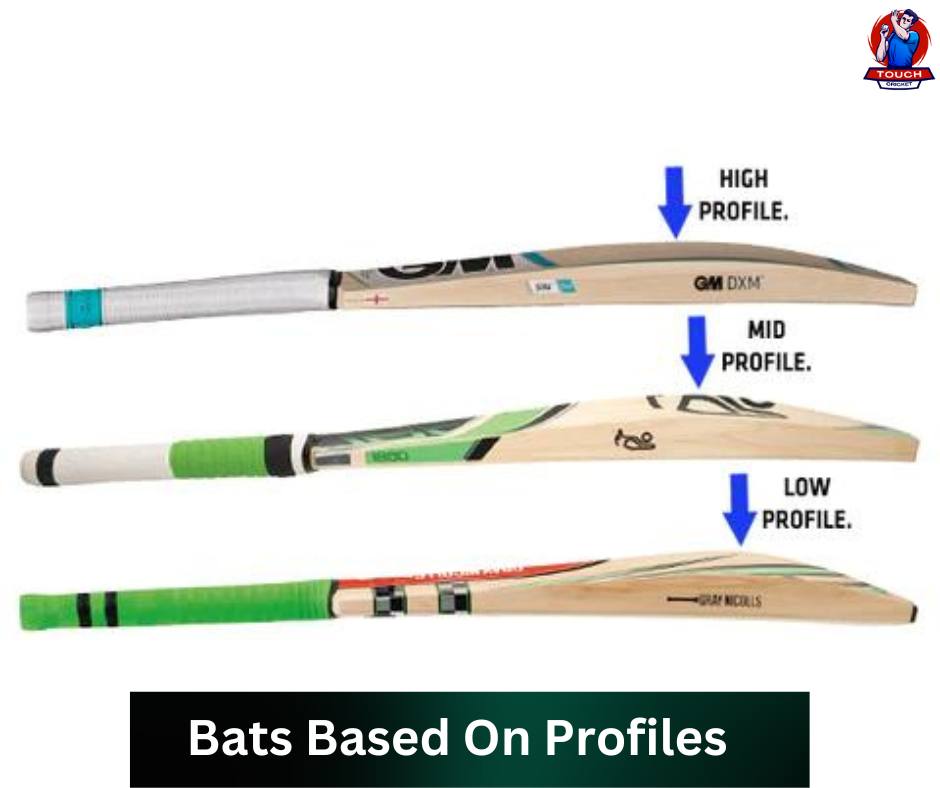
a. Traditional:
✔ Traditional bats exhibit a fuller shape and a subtle bow, providing a balanced feel suitable for all-encompassing stroke play.
b. Powerhouse:
✔ Tailored for aggressive players, powerhouse bats flaunt a flatter face and an extended sweet spot, ideal for formidable hitters.
c. Players:
✔ Tailored for those relying on precision shots, players’ bats feature a narrower profile, enhancing control and placement.
3. The Weighty Dilemma
✔ Cricket bats are available in varied weights to accommodate individual preferences.
✔ Lighter bats (2.7 to 2.9 pounds) offer maneuverability and appeal to players reliant on swift footwork, whereas heavier bats (2.10 to 2.12 pounds) deliver more power for aggressive strokes.
✔ The selection of an apt weight hinges on your playing style and personal comfort.
4. Conclusion
✔ Choosing the optimal cricket bat constitutes a personal odyssey involving your playing style, skill level, and budget.
✔ Whether opting for the sophistication of English willow or the economic appeal of Kashmir willow, comprehending the subtleties of cricket bat types undoubtedly enriches your cricketing journey.
✔ Seize your bat, tread onto the field, and let the battle between bat and ball unfurl with the perfect willow companion nestled in your hands.
